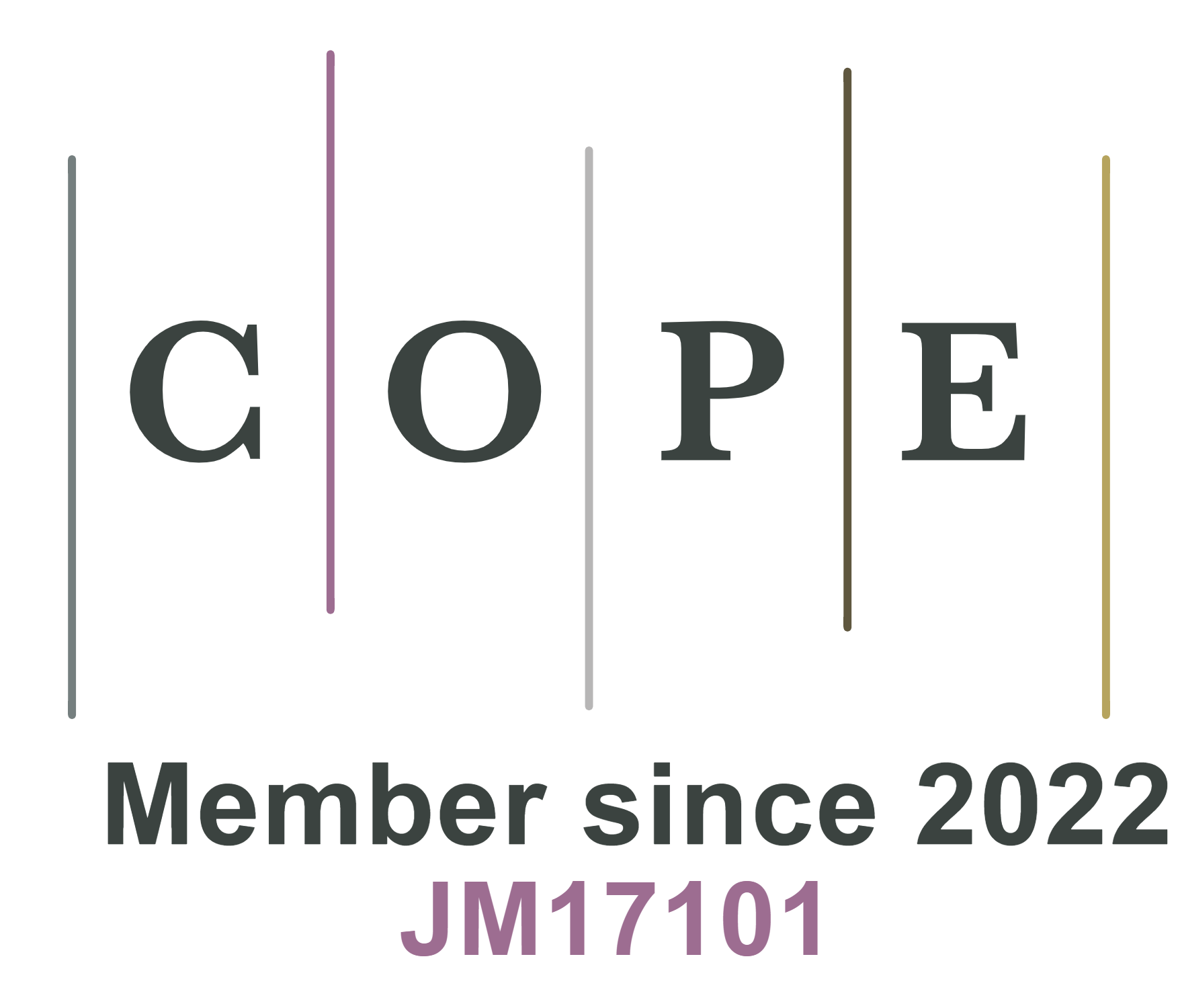fig5

Figure 5. Electrochemical cycling of two cells, Li0/Li6PS5Cl/NMC955, with a 57% NMC955+38% Li6PS5Cl+3% C65+2% SBR cathode simulated as (LiNMC955) = Li12Ni10MnCoO24 = LiNi0.833Mn0.083Co0.083O2 and (Li0.29NMC955) = Li7Ni20Mn2Co2O48 =

Figure 5. Electrochemical cycling of two cells, Li0/Li6PS5Cl/NMC955, with a 57% NMC955+38% Li6PS5Cl+3% C65+2% SBR cathode simulated as (LiNMC955) = Li12Ni10MnCoO24 = LiNi0.833Mn0.083Co0.083O2 and (Li0.29NMC955) = Li7Ni20Mn2Co2O48 =


All published articles are preserved here permanently:
https://www.portico.org/publishers/oae/